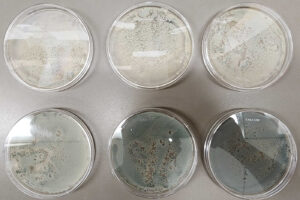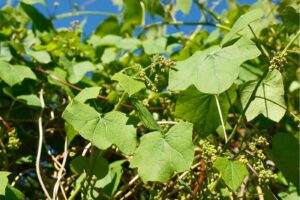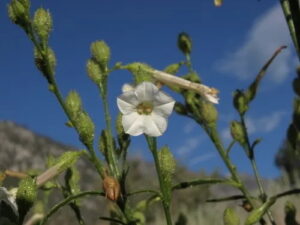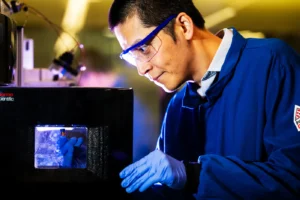‘Cracking’ the Code
Our lab’s research on peanut allergies and plant-human interactions was featured in Sampan.org. The article dives into our interdisciplinary work combining plant science and AI to tackle food allergies and beyond. Read the full article here.

Weng Lab research covered by the French science magazine Sciences et Avenir
We’re excited to share that our recent research on TAS2Rs has caught the attention of the French science magazine Sciences et Avenir! Their article highlights how our work could pave the way for new insights into tackling food allergies, drawing inspiration from an unexpected source—frogs. Curious to learn more? Check out the full story here.
Could allergy-free peanuts be the future? This Northeastern researcher wants to find out
Our recent collaboration with Dr. Seth Rakoff-Nahoum at Boston Children’s Hospital, focusing on mapping the biogeography of plant food-human interactions relevant to food allergies, has been highlighted by Northeastern Global News. Click here to read more.
This researcher wants to know why frogs are so good at tasting bitter things — and what it could mean for humans
Our study on the vertebrate bitter taste receptor family has been published. Read the paper in PLOS Genetics, and the news release from Northeastern Global News.
Weng Lab alum Colin Kim chosen as a Hanna Gray Fellow by HHMI
Former Weng Lab PhD student Colin Kim, now a postdoc in the Ryan Nett Lab at Harvard University, has been named a 2024 Hanna Gray Fellow. The HHMI Hanna H. Gray Fellows Program provides up to $1.5 million in support to each fellow over a period of up to eight years. Congratulations, Colin! Read the news release here, and a spotlight article about Colin here.
Establishing a Tracking Methodology To Determine Food-and-Health Links
The Weng Lab at Northeastern University and the Rakoff-Nahoum Lab at Boston Children’s Hospital are joining forces to develop a groundbreaking method for precisely tracing food molecules as they travel through the human body, paving the way for new insights into food-host interactions and improved disease prevention and treatment. Please see the news piece here.








